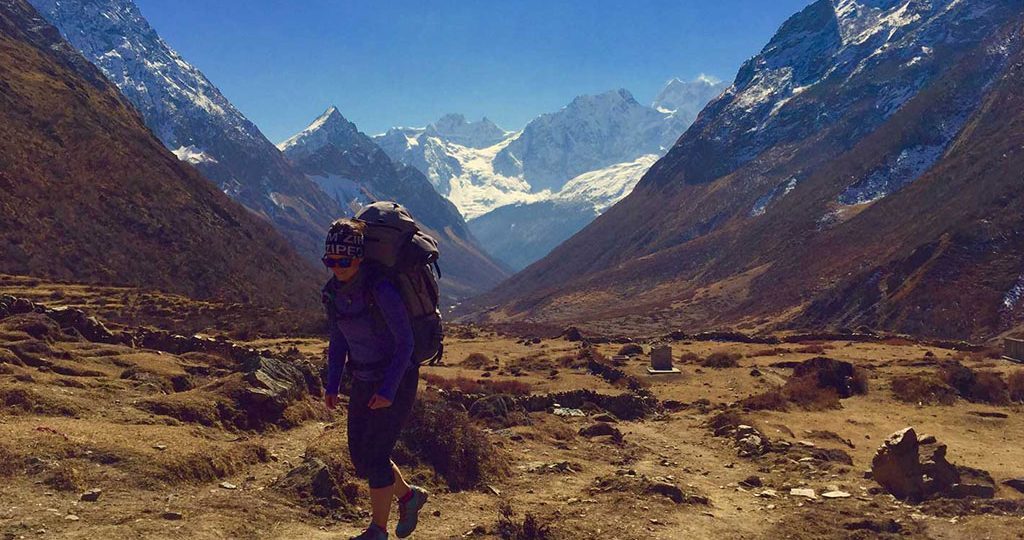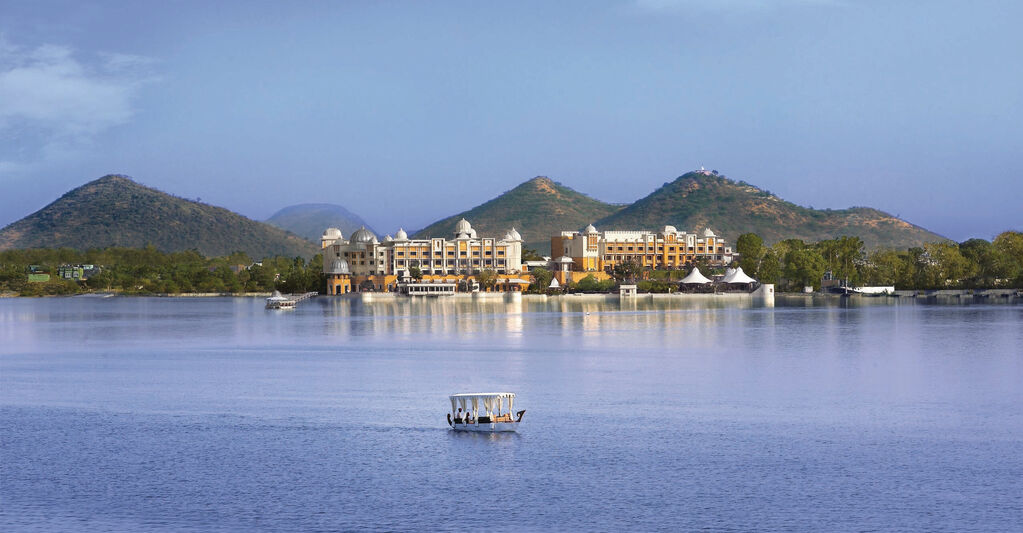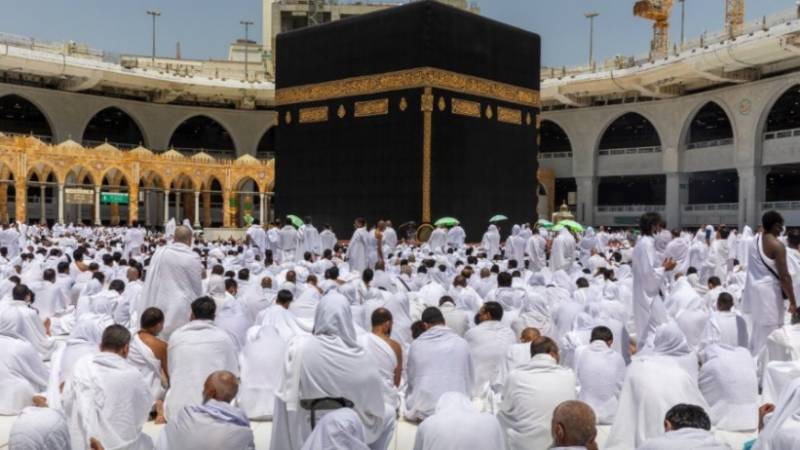How to Prepare for a Short Trek in Nepal

Nepal, with its stunning landscapes and breathtaking mountain trails, is a trekking paradise. Even if you’re planning a short trek, it’s essential to be well-prepared to ensure a safe and enjoyable journey. Here’s a step-by-step guide on how to prepare for a Nepal short treks:
Choose the Right Trek
Start by selecting a trek that matches your fitness level and time constraints. Popular short treks in Nepal include the Ghorepani Poon Hill Trek, Langtang Valley Trek, and the Everest View Trek. Research the trek’s difficulty, duration, and highlights to make an informed choice.
Get the Necessary Permits
Most trekking areas in Nepal require permits for entry. Check which permits are needed for your chosen trek and obtain them in advance. The Annapurna and Langtang regions have different permit requirements, so ensure you’re compliant with local regulations. Trekking routes in Nepal
Physical Fitness
Trekking in Nepal can be physically demanding, even on short treks. Start a fitness regimen well in advance to build endurance and strength. Focus on cardiovascular exercises, leg strength, and flexibility. A few months of preparation can make your trek significantly more enjoyable.
Packing Essentials
Pack wisely for your trek. Essentials include:
- Trekking boots: Invest in comfortable, waterproof boots and break them in before your trip.
- Clothing: Layer your clothing for varying temperatures. Don’t forget a warm jacket, rain gear, and a good quality trekking backpack.
- Sleeping Bag: Even on short treks, a lightweight sleeping bag is crucial for a good night’s sleep in tea houses.
- Personal Items: Sunscreen, a hat, sunglasses, and a reusable water bottle are essential.
- Medications: Carry a basic first-aid kit and any personal medications you may need.
- Trekking Poles: These can greatly reduce strain on your knees and provide balance on steep trails.
Travel Insurance
Ensure you have comprehensive travel insurance that covers trekking activities in Nepal. It’s essential in case of unexpected incidents or medical emergencies during your trek. Link
Acclimatization
Altitude sickness is a real concern when trekking in Nepal, even on short treks. Acclimatize properly by ascending gradually and taking rest days as needed. Hydrate well and be aware of the symptoms of altitude sickness, such as headache, nausea, and fatigue.
Trekking Permits and TIMS Card
Obtain the required permits and a Trekkers’ Information Management System (TIMS) card. These documents are usually available in Kathmandu or Pokhara and are essential for trekking in regulated areas.
Guides and Porters
Consider hiring a local guide or porter if you prefer not to carry a heavy backpack or if you’re unfamiliar with the area. They can enhance your trekking experience and offer valuable insights into the local culture.
Money and Currency
Carry enough Nepali Rupees in cash, as many trekking areas have limited access to ATMs. Be prepared to pay for permits, accommodation, and meals in local currency.
Cultural Sensitivity
Respect the local culture and customs. Learn a few basic Nepali phrases, remove your shoes when entering homes or temples, and ask for permission before taking photographs of people.
Emergency Contacts
Carry a list of emergency contacts, including the contact information of your embassy or consulate, local authorities, and your trekking agency. Share your trekking itinerary with someone back home.
Leave No Trace
Practice responsible trekking by leaving no trace of your visit. Dispose of waste properly and respect the natural environment.
Enjoy the Journey
Finally, remember that trekking in Nepal is not just about reaching the destination; it’s about enjoying the journey. Take your time, savor the stunning vistas, and immerse yourself in the culture and hospitality of the Nepali people.
By following these steps and adequately preparing for your short trek in Nepal, you’ll be well-equipped to make the most of your adventure and create lasting memories in this Himalayan wonderland. Safe travels!



